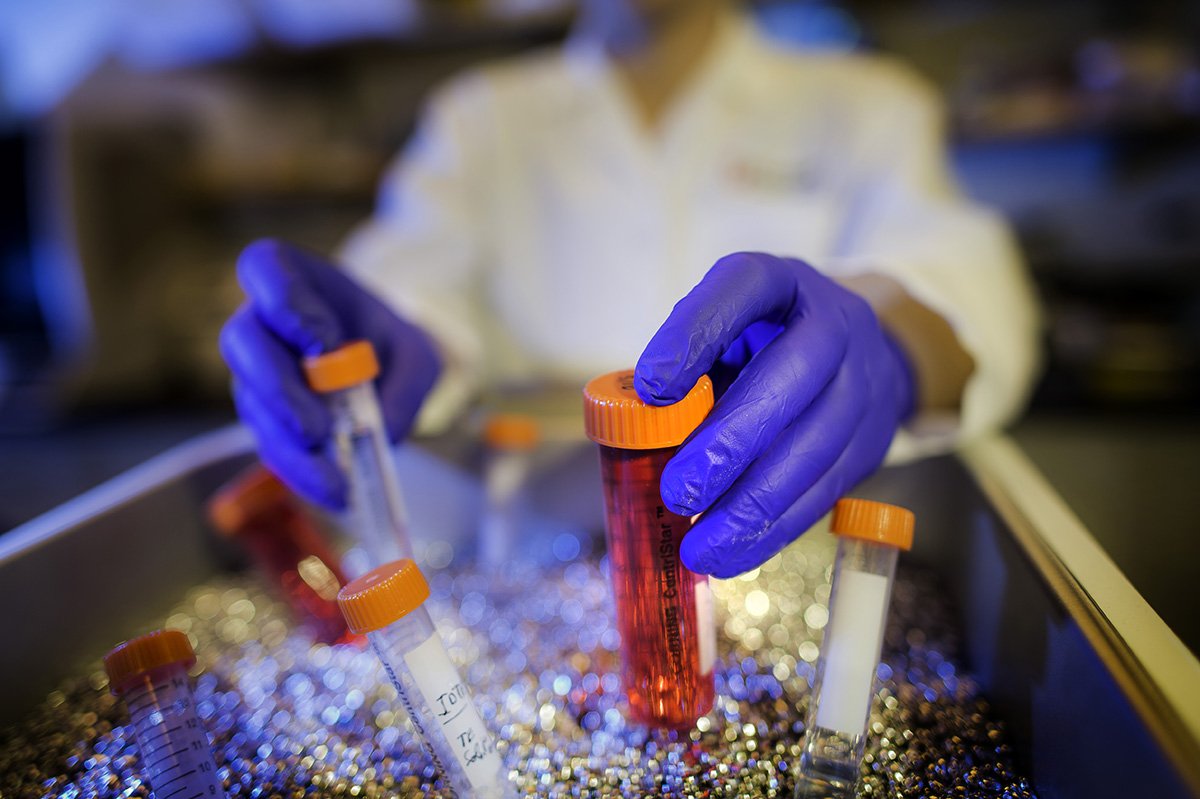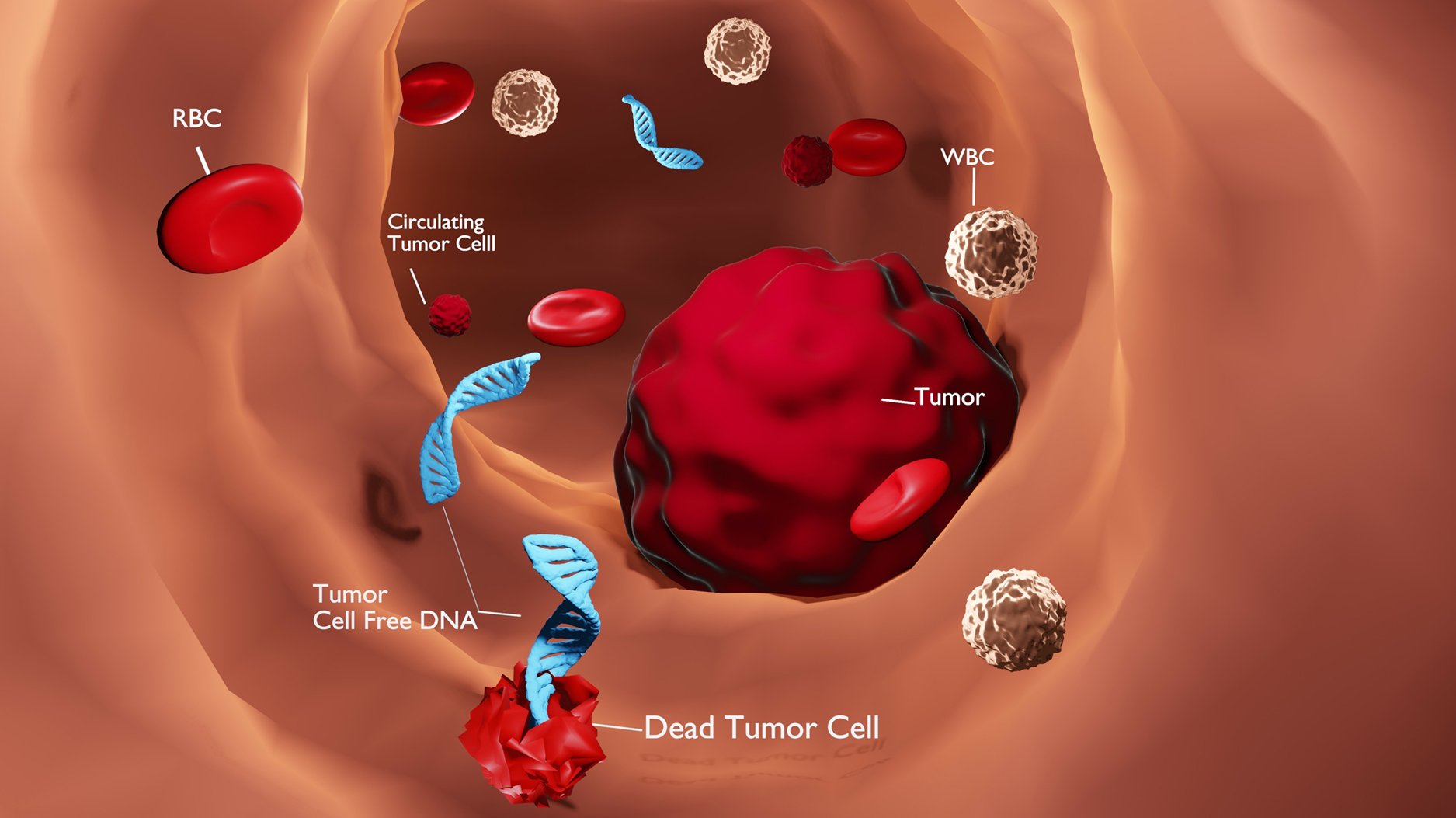
Harnessing novel genomic and proteomic approaches to improve outcomes in pediatric solid tumors
Research in the Crompton Lab focuses on utilizing genomic and proteomic technologies to develop non-invasive prognostic biomarkers, novel therapeutic approaches, and a deeper understanding of tumor evolution and treatment resistance in pediatric solid malignancies. Our lab has developed new approaches for detecting and profiling circulating tumor DNA (ctDNA) from “liquid biopsy” samples in pediatric cancers. In parallel, we are developing strategies for identification, quantification, and interrogation of circulating tumor cells (CTCs) which provide information on transcriptional and proteomic processes in cancer cells, complementing the data generating from ctDNA studies. We are also working to discover novel combinations of targeted cancer therapies for the treatment of Ewing sarcoma, an aggressive bone malignancy of adolescents and young adults, using high-throughput chemical screens.
Stories from the Crompton Lab








